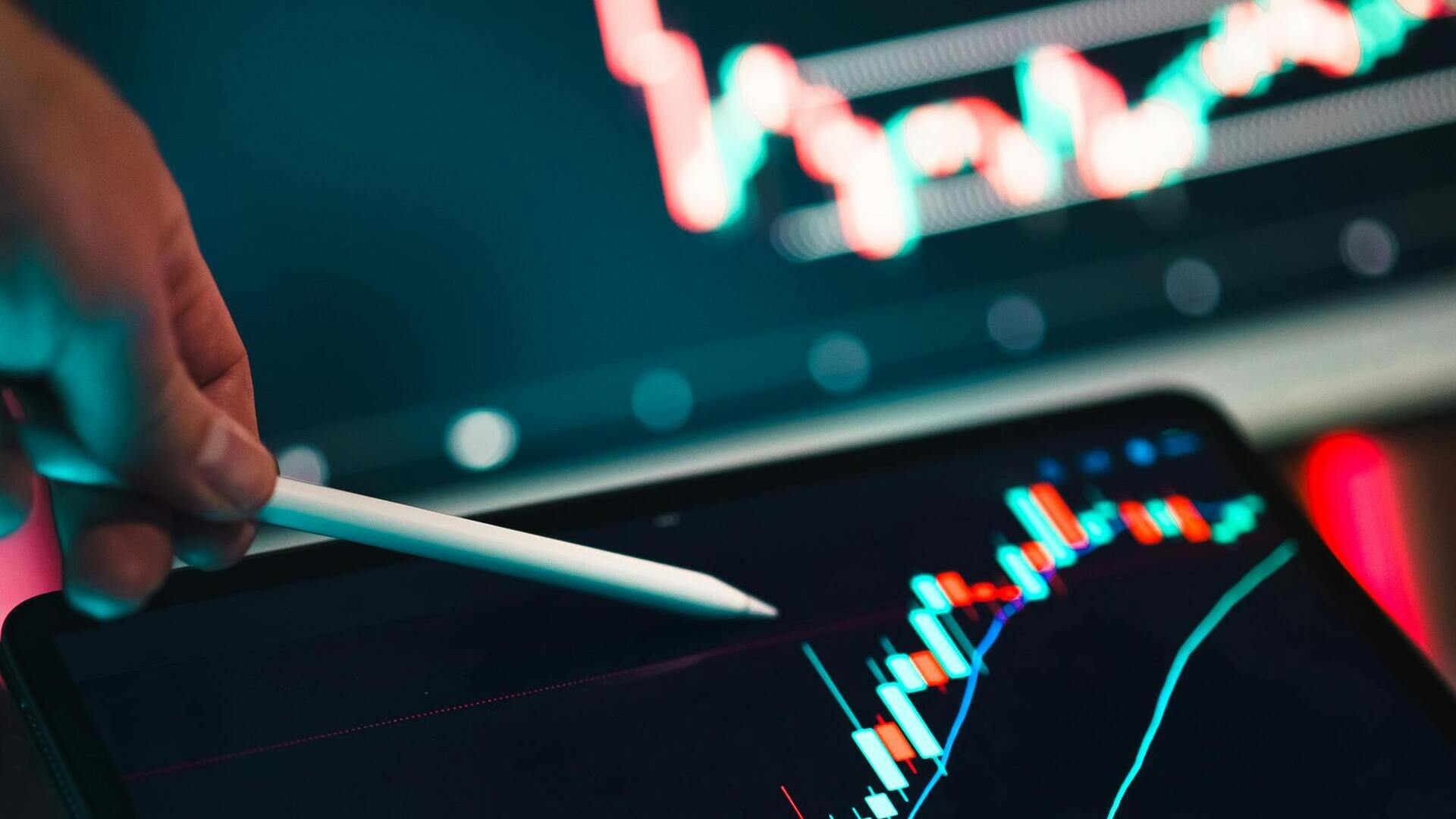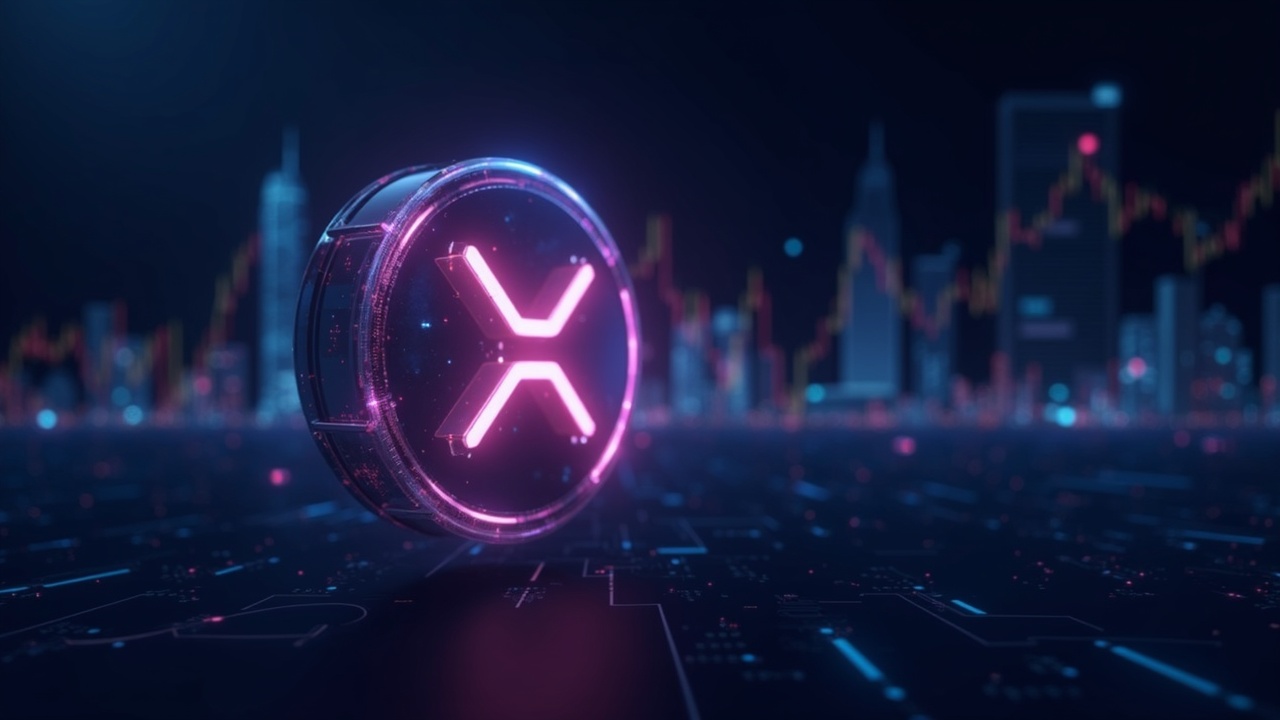A Meteoric Rise and a Test of Confidence
The launch of the Plasma (XPL) mainnet on September 25, 2025, was nothing short of spectacular, marking one of the most explosive debuts in the recent history of digital assets. The project, a Layer 1 blockchain purpose-built for stablecoin payments, entered the market with immense momentum, rapidly climbing to become a top DeFi chain with a Total Value Locked (TVL) that reached a staggering $6.4 billion just days after launch. This initial surge demonstrated a potent market fit for its core promise: zero-fee USDT transfers, a feature that addresses a significant friction point in the current crypto economy.
This explosive on-chain growth was mirrored in the token’s price action. XPL witnessed an 87% price increase in just three days, with its value peaking at around $1.68. However, this rapid ascent was soon followed by a sharp correction, with the price retracting by approximately 50% from its peak. This volatility triggered a wave of scrutiny, with public accusations of insider selling ahead of the drop. In a move to restore confidence and reinforce long-term commitment, founder Paul Faecks rejected these claims, and the team alongside key investors pledged to lock their tokens for a period of three years, a measure designed to instill supply discipline and align incentives with the ecosystem’s health.
XPL vs XRP: Divergent Visions for Global Payments
The impressive debut has inevitably drawn comparisons to established players in the payments space, particularly XRP. However, a closer look reveals that XPL and XRP are pursuing the same goal—efficient global value transfer—through fundamentally different strategies and scopes.
XRP’s established model focuses on cross-currency settlement between financial institutions, relying on bank adoption and operating within a more traditional interbank liquidity path. In contrast, XPL is targeting a more direct, consumer and business-facing niche with its stablecoin-native approach. It aims to become the foundational rail for digital dollar flows, emphasizing permissionless access and cost elimination for end-users. This strategic divergence is also reflected in their current market stature. While XRP is a mature asset with a market capitalization of approximately $171 billion, XPL, even after its sensational launch, holds a market cap of around $1.35 billion, indicating both the vast gap and the immense growth potential that market observers are tracking.

The Road Ahead: Navigating Risk and Building Trust
For corporate treasurers and stablecoin custodians monitoring these developments, Plasma’s future hinges on its ability to navigate several critical challenges. The recent price volatility and fraud claims, even if unproven, have elevated the project’s reputational and regulatory risk profile. Sustaining its zero-fee model without compromising on security or becoming a target for spam and abuse will be a key technical and economic test.
The project’s substantial backers, including Tether’s Paolo Ardoino and Founders Fund, provide a layer of credibility, but the true measure of success will be organic, sustained adoption. The three-year token lockup is a positive signal for reducing immediate selling pressure, but the market will be watching closely to see if this commitment is enough to attract new, long-term capital and build the deep liquidity required for institutional comfort.
The verdict on whether XPL can become “the new XRP” is still wide open. Its focus on a specific, high-demand use case and its blistering initial growth are powerful indicators of potential. However, the coming quarters will be decisive. The market will be looking for price stability, consistent growth in TVL and daily active users, and a clear navigation of the regulatory landscape. How Plasma manages these factors will ultimately shape its liquidity dynamics, counterparty risk assessment, and its role in the future of global payments.


